“I have seen many cities destroyed, but nowhere have I been faced with such destruction.” So said a stunner General Eisenhower whilst touring the ruins of Warsaw at the end of the war. Even be their own horrifying benchmarks, the Nazis had done a sickeningly proficient job of flattening of the city.

But Warsaw was not to be defeated, least not its Old Town.
Though some campaigned for the district to be turned into a prototype socialist housing estate, and yet others for the historic center to be kept as a ruined memorial to the war, the authorities realized the patriotic value of rebuilding from scratch – not that this would be an easy task: of the 260 burgher houses that once filled the area, only six had survived.
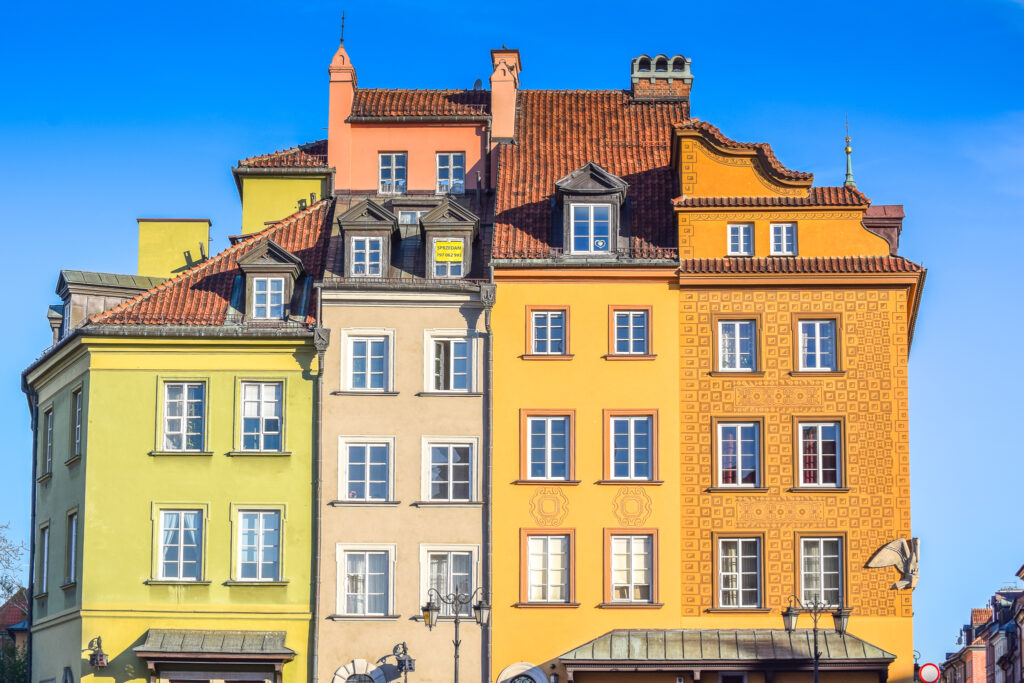
The task was Herculean in its scope and relied on both rescued photographs and – more to the point – the surviving paintings of by Bernardo Bellotto (the official court painter of Poland’s last King, Stanisław August Poniatowski).
But just why did authorities reject more authoritative sources and back Bellotto instead?
The answer is perhaps best explained in Rafał Muranowski’s magnificent essay exploring the relationship between political ideology and Warsaw’s Old Town.

“Bellotto’s paintings were thought to capture the spirit of an epoch instantiated by the artistic patronage of the King, a figurehead of the so-called Polish Enlightenment, an era with which the nascent PRL seemed to identify,” wrote Muranowski.
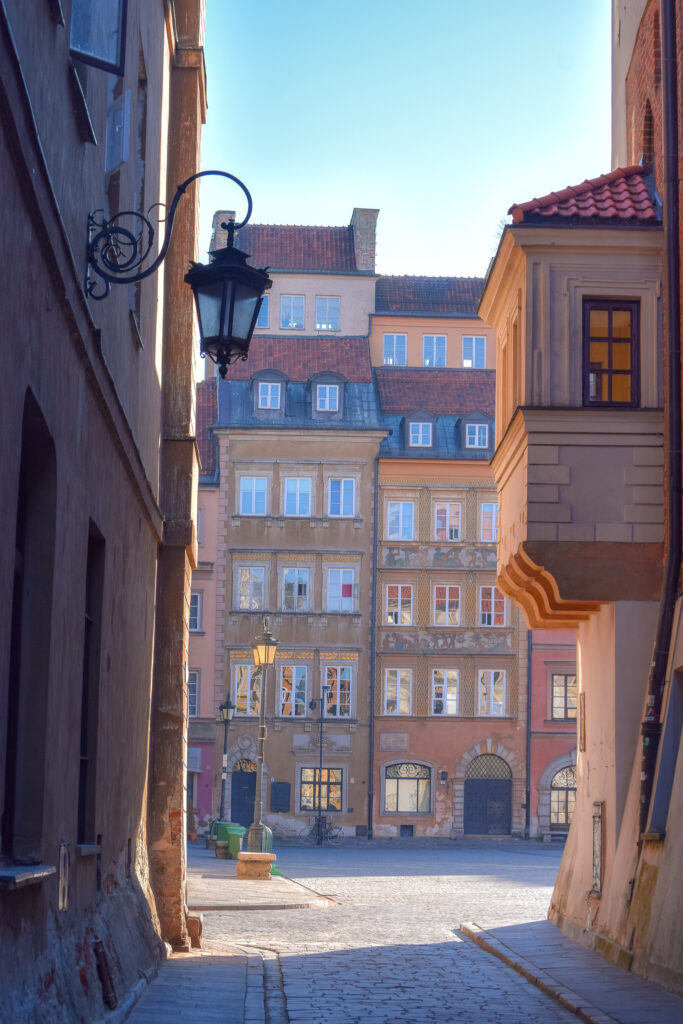
“Bellotto’s paintings, with their depictions of magnificent palaces rising from the midst of shabby wooden huts, were thought to encapsulate the optimistic spirit of a young and virile Warsaw, as yet un-ravaged by the excesses of untrammeled capitalism,” he concluded.
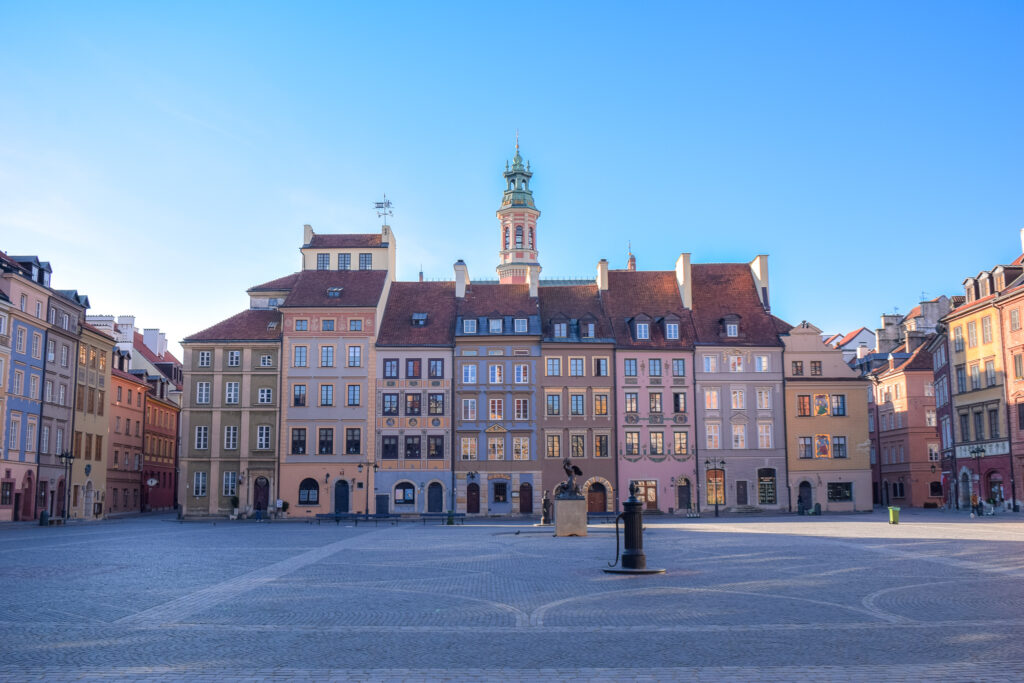
While the decision to rebuild Old Town was only officially rubber stamped in 1949, the necessary mechanisms essential to its rebirth were already locked into place. On February 14th, 1945, the Warsaw Reconstruction Office came into being, with the Department of Architectural Heritage established within its framework.

Bossed jointly by Piotr Biegański and Jan Zachwatowicz, the two undertook a hefty project to list, categorize and preserve masonry that had survived intact – as a result, about 15% of today’s Stare Miasto is comprised of original Gothic and Renaissance fabric.
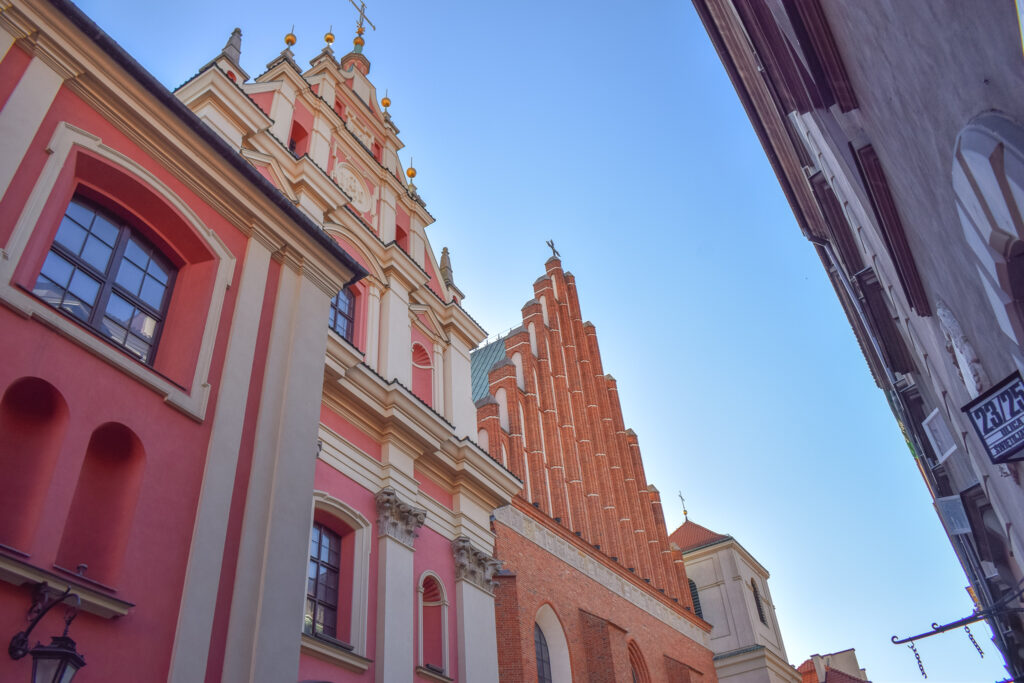
Privately, some works had already been completed (Nowomiejska 10 became, in 1947, the first old town property to be completely rebuilt), but it was in 1949 that the ante was upped. It was then that Phase I of the reconstruction was initiated. The plan involved the restoration of the Rynek, as well as connecting streets such as Piwna and Zapiecek.
The work was meticulous and backbreaking: the removal of 500,000 cubic meters of rubble was conducted via hods and wheelbarrows, horse-drawn wagons, and a mini rail line.

The eventual arrival of a crane constituted headline news. To meet the demands of the reconstruction, plaster was imported from the Soviet Union, and gold leaf from the Czechoslovakia; at one stage, one million bricks were arriving daily from Wrocław.
Finally, on July 22nd, 1953, the first stage was complete.
Whilst revised Old Town didn’t necessarily correspond with the Old Town remembered by the natives, this wasn’t solely the fault of Bellotto’s embellishments.
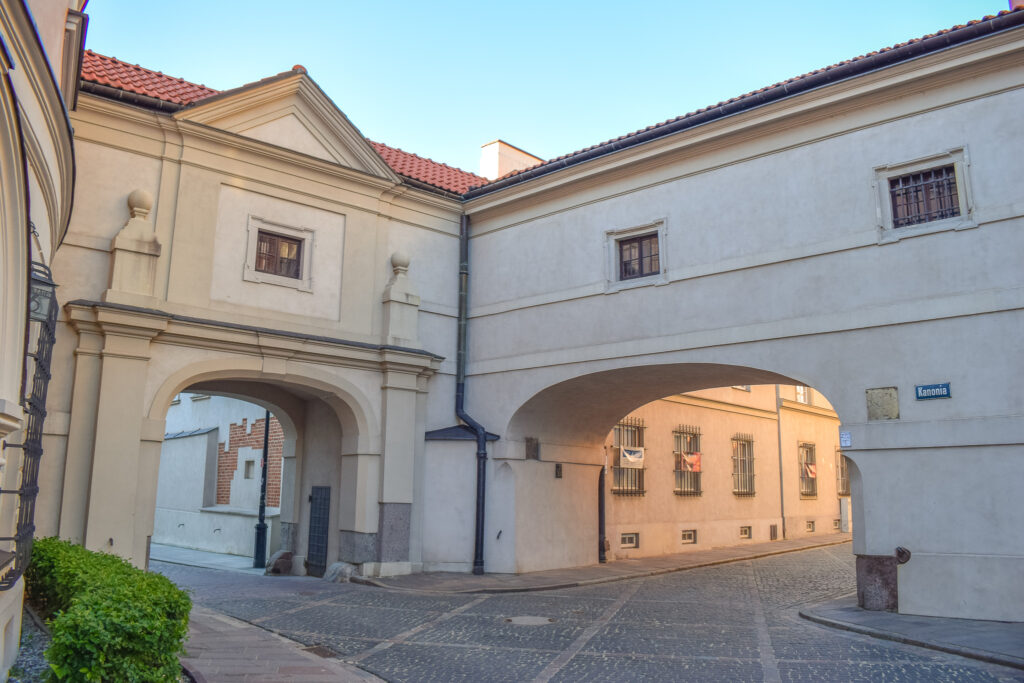
Some details were added on a whim: for instance, the doorway of Piwna 6 was accessorized with a flock of stone pigeons. These were appended in memory of a reclusive ‘pigeon lady’ who, in the immediate aftermath of the war, lived in the ruins and fed the birds.
Other changes were more practical: streets were widened, and in some cases, buildings were reduced in height.
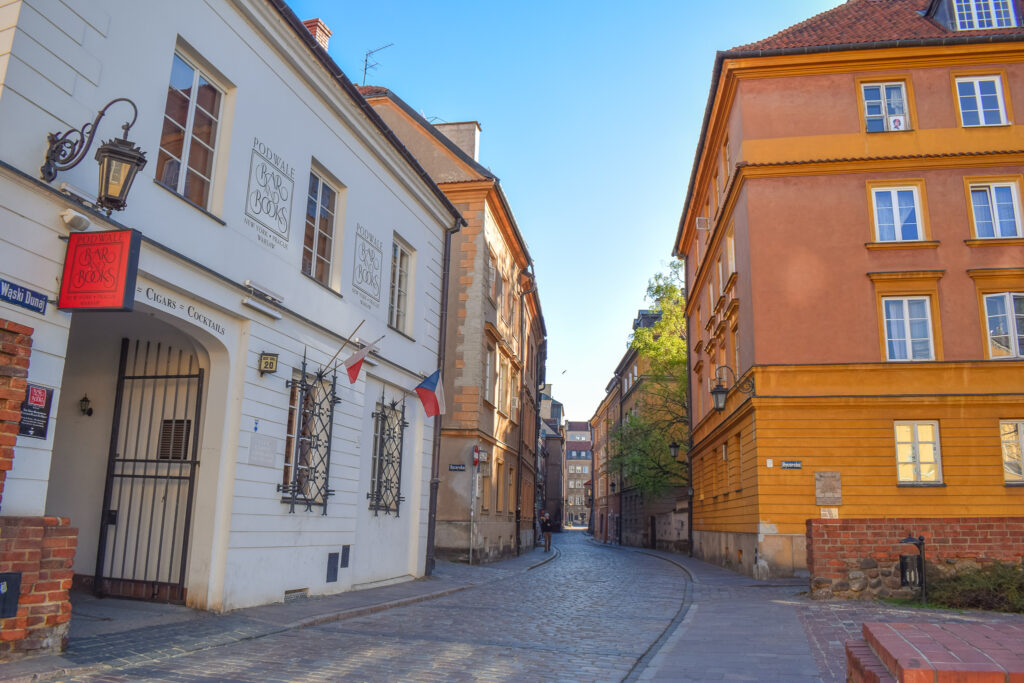
Nonetheless, the sweat and the tears paid off in 1980 when Old Town was inducted onto the World Heritage List, with UNESCO officials citing it as, “an exceptional example of the global reconstruction of a sequence of history running from the 13th to 20th centuries.”
Today, it looks no less grand now than it did in 1953 – a stunning and stirring tribute to the city that refused to die.
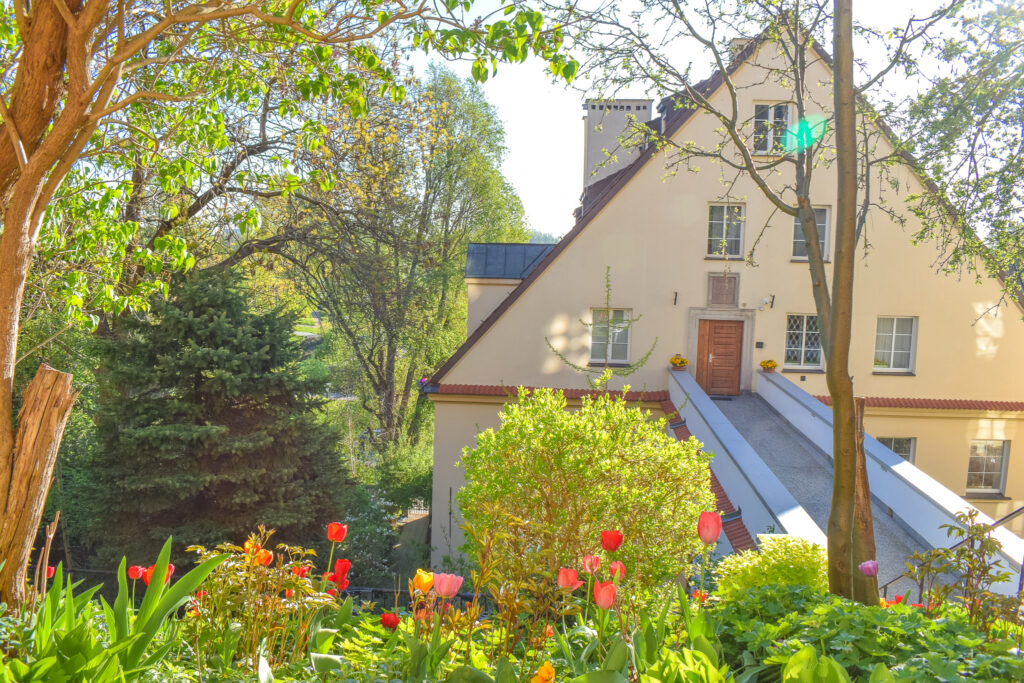
(Words & Photos: AW)